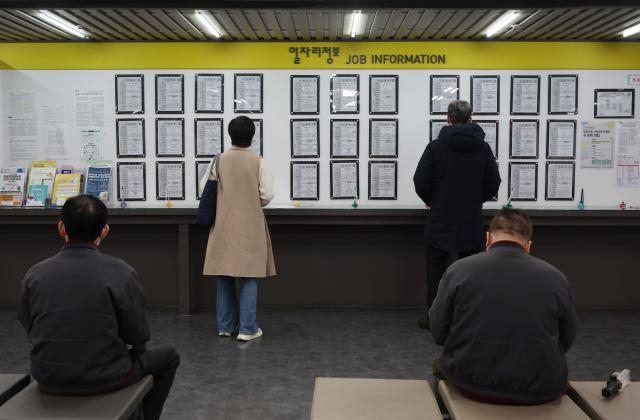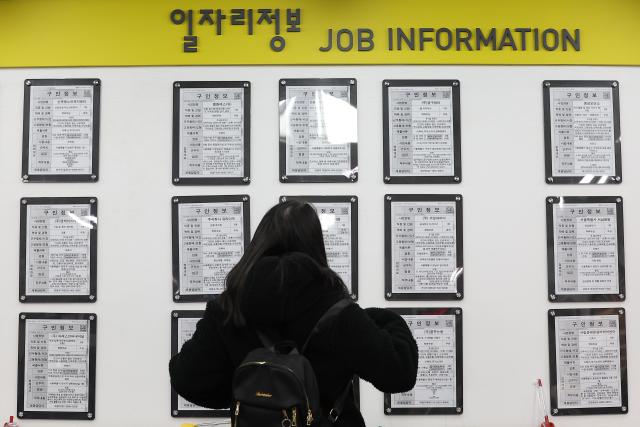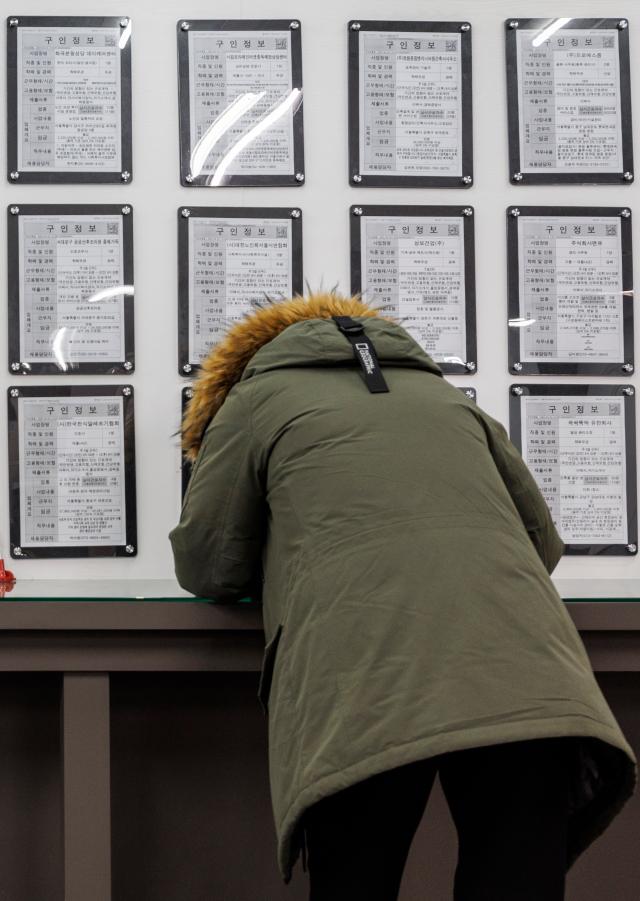
SEOUL, March 16 (AJP) - The number of unemployed young people in South Korea, including those who lost their jobs, are job-seeking, or are simply staying at home without employment, reached 1.2 million last month, government data showed Saturday.
Even among those who managed to find jobs, one in four were classified as short-term workers with limited working hours.
According to data from Statistics Korea's National Statistics Portal (KOSIS), 269,000 people aged 15 to 29 were unemployed in February, an increase of 5,000 people (2 percent) from a year earlier.
Youth unemployment had been declining for three consecutive years, falling from 416,000 in February 2021 to 295,000 in 2022 and 291,000 in 2023. However, the figure rose again in 2025 for the first time in four years, despite the overall youth population shrinking.
The number of young people classified as economically inactive, meaning they are neither working nor actively seeking jobs, also increased by 15,000 from a year earlier to 4.209 million.
Among them, 504,000 young people reported that they were "just resting", a record high since data collection began in 2003.
The number of young people preparing for employment stood at 434,000, including 118,000 attending job training programs outside formal education institutions, while 316,000 were preparing for employment through other means.
When combining unemployed individuals, those who reported "just resting," and job seekers among the economically inactive population, the total number of unemployed or inactive youth reached 1.207 million, an increase of over 70,000 from the previous year (1.134 million).
Experts attribute the increase to sluggish economic growth, weak domestic demand, and downturns in the manufacturing and construction sectors, along with companies favoring experienced hires or mid-career recruits over fresh graduates.
Even for those who secured employment, the situation remains challenging.
A total of 936,000 young workers were employed for fewer than 36 hours per week, meaning that one in four employed young people was working in short-term or gig jobs rather than full-time positions with a standard five-day workweek.
While some analysts suggest that the trend reflects a preference for work-life balance, most experts argue that a decline in quality job opportunities has forced many young people into unstable employment.
The number of young workers classified as "underemployed"—those who wish to work more hours or find additional jobs—reached 121,000 in February, an increase of 12,000 from a year earlier. This is the highest level recorded in February since the COVID-19 pandemic in 2021, when the figure stood at 152,000.
These individuals are technically classified as employed in government statistics, but many hold temporary or part-time jobs, making them part of the "underemployed" workforce.
Additionally, 445,000 young workers were engaged in "ultra-short-term employment," working only 1 to 17 hours per week. This group accounted for 12.5 percent of total young workers.
Copyright ⓒ Aju Press All rights reserved.





View more comments